
Encoder testing in Rio de Janeiro for 2016 Olympic Games
Smart-telecaster Zao H.265 encoder testing in Rio de Janeiro for 2016 Olympic Games
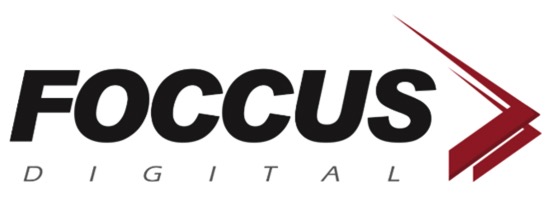
BB: Can you tell us your name and function at Foccus Digital:
Robert: My name is Robert Houghtaling, working at department Business Development. I am responsible for marketing, effectively managing innovation, new industry solutions and supporting strategic partnerships. I work at Foccus Digital for 1,5 years now.
BB: Tell us about the company Foccus Digital.
Robert: Foccus Digital founded in 2006 is a systems integration firm that provides complete infrastructure for the processing and transmission of IP signals in the broadcast industry. Foccus offers a renowned portfolio of partners integrating hardware, software and services to ensure complete operability of an end-to-end solution. Our post sales and service areas are an integral part of our commitment to supporting clients and ensuring functionality for the life of the equipment. Foccus Digital additionally provides expertise and consistency in the logistical import processes aligned with the requirements of Brazil and Latin America. Foccus Digital is already 10 years doing business in Brazil and for 4 years also in Latin America.
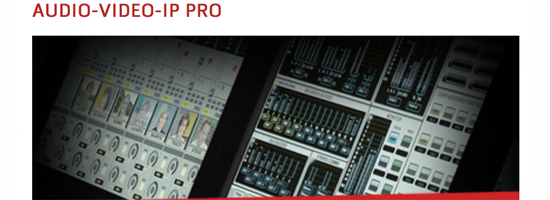
BB: Did you see a growth in audio/video related products in 2015 for Foccus Digital in South America/Brazil.
Robert: We continue to see increasing growth in the integration of networks defined by software and IP. Foccus digital concentrates on emerging technologies and the solutions necessary to manage baseband and IP both intelligently and efficiently. Brazil also has an increasing need for microwave radio links and mobile encoders for live streaming over 3G, 4G / LTE / WiFi.
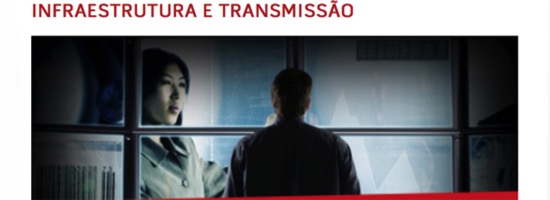
BB: You attended this years SET EXPO, what do you think about this exhibition, and are you planning to attend more Brazilian Exhibitions next year, Like the Church Expo for example.
Robert: The SET Expo is an excellent event for learning about new industry-leading solutions and networking. We had an a great turnout. We have additionally participated in the Church Tech Expo in 2015 to market our portfolio to this niche market.
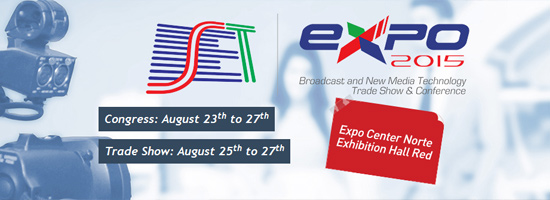
BB: Do you work besides the south america region also in other regions on the planet.
Robert: As a systems integrator we are often able to collaborate on a variety of projects in South America. Our US based company Palma International Technology integrates projects throughout Latin America and serves as the distributor of Belden cables and connectors for the entire region.
BB: Is communicating in the english language important at Foccus Digital for Brazillian co-workers
Robert: Foccus has long standing partnerships with several American and European companies including Aviat Networks, Belden, Imagine Communications, Gates Air, Cobham, Riedel and Spinner. The technology and training resources developed by these partners is generally all presented in English. In addition, we recently became the Latin American distributer for Soliton a Japanese based company. This partnership developed with English is our unifying language.
BB: Are you or planning too partnering with Brazilian companies.
Robert: We coordinate with the regional offices of each of our partners.To date we have only represented international brands, but we are always on the lookout for new interesting technology both nationally and internationally.
BB: Which section in the audio/video market is the strongest for Foccus Digital in Brazil.
Robert: Brazilian broadcasters are actively seeking solutions for mobile encoders enabling transmission of high quality real-time video even in challenging localities with extremely limited bandwidth. Broadcasters require the ability to transmit essential events with high quality digital video and stability, even under network congestion or weak network signals. Foccus Digital is integrating the Smart-telecaster Zao, the world’s first H.265 mobile encoder ideally designed for mobile streaming, live sports and live journalism applications. This market continues to grow as and we are finding the H.265 encoder is an excellent robust solution for live sports and live journalism applications.

BB: How do you see the broadcast market in 2015 due to Olympic Games in Brazil
Robert: We foresee a number of planning opportunities for event infrastructure, A/V event and rental services associated with the 2016 Olympics Games. Foccus and Soliton have confirmed on-site support and rental of the Smart-telecaster Zao for Brazilian and foreign broadcasters who will require high-quality transmission solutions.
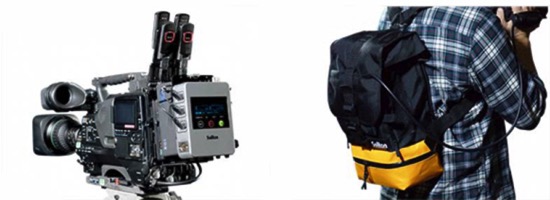
Our partner Cobham offers the most robust COFDM link in the world. We have been offering demonstrations and highlighting Cobham solutions including the SOLO HD 7 Nano is the world’s smallest COFDM digital transmitter. The Nano is characterized by a lightweight design, low power consumption and HD video quality ideally utilized in drones, enabling high-performance HD broadcast events and aerial filming. We are targeting our portfolio to offer solutions for the large variety of events at the Olympic Games. Foccus Digital will be on-site providing technical support, sales and leasing options in Brazil.
BB: You have done a test with the Smart-telecaster Zao H.265 encoder in Rio de Janeiro, a Live transmission in the historic Igreja Matriz in Santana de Parnaiba , can you tell us more about it…. what makes it so special.
Robert: The Soliton Smart Telecaster Zao is the world’s first H.265 mobile encoder that provides a live broadcasting link anywhere there is a connection. Zao allows broadcasters to get to locations quickly and transmit high quality video and audio via 3G/LTE/Wi-Fi networks. The H.265/HEVC video compression standard ensures efficient and robust transmission even in localities with extremely limited bandwidth. The preliminarily tests in Rio confirmed that transmission in full HD can be achieved in all areas of the city.
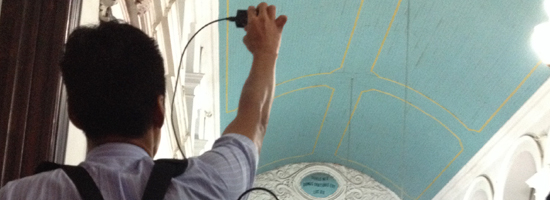
BB: Is the Smart-Telecaster prepared for mobile networks in Brazil.
Robert: The Smart-telecaster is offering a excellent solution for Brazilian broadcasters many who have experienced issues with H.264 equipment in low bandwidth areas. By connecting up to 6 mobile modems and utilizing the H.265/HEVC standard, video can be compressed to a file that is about half the bit rate of its predecessor AVC. The result is video compression twice as efficient as AVC and a significantly improved image quality of full HD at a low bit rate. We have tested throughout Brazil with all mobile operators with exceptional results.
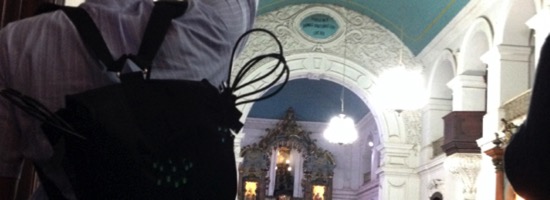
BB: What can you tell us about the H265/HVEC licensing fees that some want to introduce for the use of the H265/HEVC codec And will this also influence future use and users of the Smart-Telecaster.
Robert: We are following closely the developments related to the licensing fees and we will continue to monitor how this could play a role in H.265/HEVC. As of now, Zao does not have any issues related to licensing and be utilized by all broadcasters.
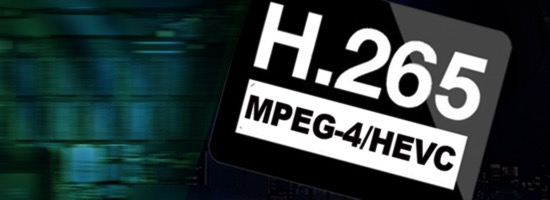
BB: Any surprising challenges you had or think you will have or had in the Rio de Janeiro test with the Smart-Telecaster in Brazil.
Robert: Zao was exceptionally stable and reliable during our tests in Rio de Janeiro. The robustness of the equipment and lightweight design will allow broadcasters to get to and transmit the essential Olympic events quicker and easier. Test were performed at sites including Maracanã and Engenhão Stadiums, Olympic Park, Marina da Gloria, Christ the Redeemer, and the Sambodromo. Zao transmitted flawlessly in full HD in all localities utilizing a variety of modems and the 3G/4G chips of the major Brazilian mobile operators.
Video Rio 2016 Olympics Smart-telecaster Zao:
Like us if you want on Facebook, follow us on Twitter and Subscribe to our YouTube channel.
mentioned:
Foccus Digital : Website
Soliton : Website - YouTube
Aviat Networks : Website - Facebook - Twitter - YouTube
Belden : Website - Twitter - YouTube
Imagine Communications : Website - Twitter - YouTube
Gates Air : Website - Facebook - Twitter - YouTube
Cobham : Website - Twitter - YouTube
Riedel : Website - Facebook - Twitter - YouTube
Spinner : Website - Facebook - Twitter - YouTube
On Screen Talent for 2016 Olympic & Paralympic Games
On Screen Talent for 2016 Olympic & Paralympic Games
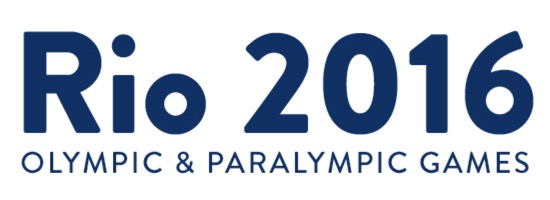
This week we got an email from DreamJobbing. They first ask us to add them to our members list, after we read all info and the ‘about’ section on their website we thought this can be an opportunity besides our members for all our readers. So we made it into a small blog entry. What is it all about? DreamJobbing are currently looking for applicants interested in being On-Screen Talent at the 2016 Rio Olympic and Paralympic Games.
Their website explains it like this:
You could be doing interviews with athletes, spectators and even celebrities live to the big screen in the Rio 2016 Olympic and Paralympic competition venues. 33 competition venues for the Olympics and 20 for the Paralympics will be spread across four regions of the city – Deodoro, Maracana, Barra and Copacabana. If you think you have what it takes to present live in both English and Portuguese, the ability to quickly translate between the two languages, are fearless but most of all want to be a part of the biggest sporting event on planet earth, then you are the perfect person for one of these incredible DreamJobs. Depending on the applicants' location (international or local), some candidates will be flown to Rio. All candidates will receive accommodation. To be chosen simply upload your one minute creative video, explain what makes you the perfect candidate in both English and Portuguese, and show us your passion for the Olympics and Paralympics. Remember, be creative, be fearless and have fun. See you at Rio 2016!
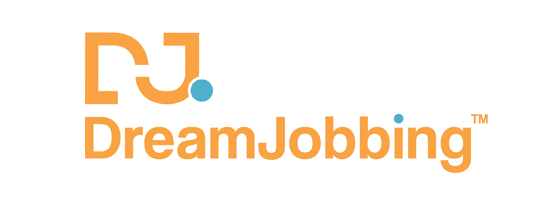
Candidate Requirements:
Eighteen years or older (18+)
Bilingual (able to speak English and Portuguese)
Video on-Screen talent: Rio 2016 Olympics & Paralympics:
Broadcast Brazil promotes the need for Brazilian Audio Visuals and Journalists to study English to get better job opportunities. So, this job entails interviewing athletes in both English and Portuguese.
To apply for the job, you need to submit a 1 minute video to this website: Dreamjobs Rio2016
Like us if you want on Facebook, follow us on Twitter and Subscribe to our YouTube channel.
mentioned:
DreamJobbing : Website - Facebook - Twitter - YouTube
IBC 2015 : Time for a short recap
We visited IBC in Amsterdam this year again. Time for a short recap
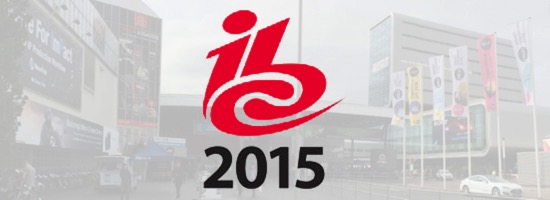
Broadcast Brazil has been visiting the IBC 2015 in Amsterdam. Time for a short recap. Every year the IBC in Amsterdam is for sure in our agenda. The exhibition is just huge, complete and……. huge :) To write down al we have seen and touched will be impossible. We hope you followed the IBC news on our Facebook and Twitter Social channels for most actual news but we have some things that popped out for us this year. We also attended 2 events that were organised near the RAI building where IBC is held, we went to SOHO Editors Final Cut Pro Seminars and the Supermeet.
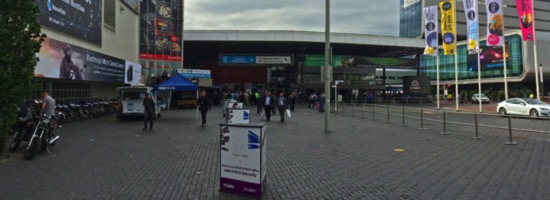
HDR:
In general 4K is now a standard for most new products. So it’s no longer a novelty at IBC 2015. Something that attracted our attention was HDR video. Especially talks about HDR where to be found all over the IBC.
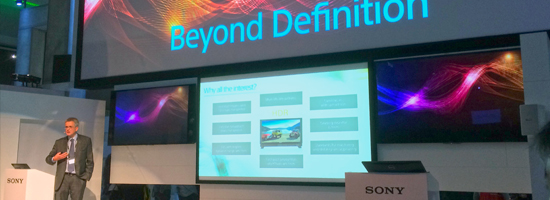
Sony explained the benefits of this technology. HDR will give a highly increased dynamic range. Meaning blacker blacks and brighter whites. Also an enormous colour range increase is possible.
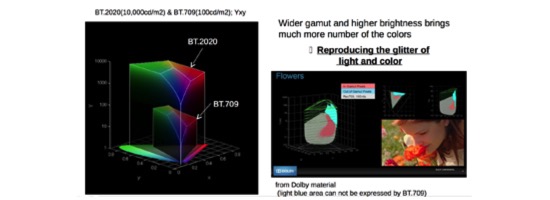
Mobile video transmission:
Mobile Viewpoint introduced their new compact Agile 2R 3G/4G transmitter with audio-return. Very compact, mountable on the back of a camera or in a separate backpack.
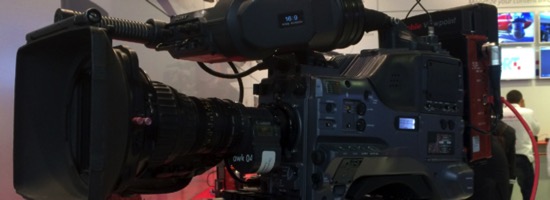
The Mobile Viewpont WMT’s (Wireless Multiplex Terminals) have bee used for a while, and the company keeps improving and their products and expanding their product range. Basically it’s a video over GPRS/3G/4G encoder and transmitter that combines up to 8 sim-cards to create bandwidth.
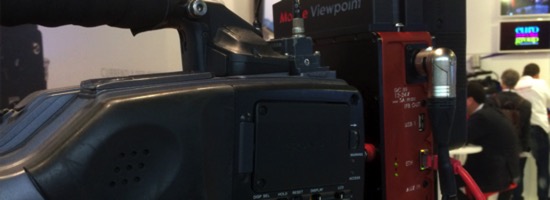
A receiver is connected anywhere on internet to a UTP connection and outputs an SDI/HDMI video signal. SD and HD are both possible. Delay can be as low as 0,8s.
SOHO Editors Final Cut Pro Seminars
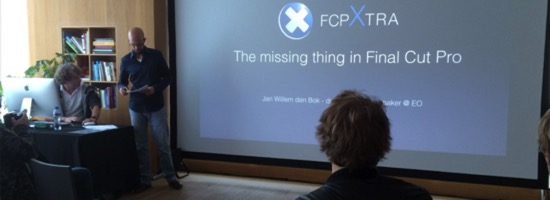
In the Spaces conference rooms at walking distance to the IBC, there were some great seminars with many tips and tricks for editing and Final Cut / Motion workflows, from the people who use FCPX on a daily basis or give trainings in it. What was very good to see, is that Final Cut Pro X, after al it’s updates, can finally be that lightning fast editing environment that many Final Cut Pro 7 editors have been missing. Besides being user-friendly and affordable, you’ll find that when you delve deeper into the tricks and shortcuts, you’ll see that you can put together edits amazingly quickly! We’ll be at SOHO events again in the future! As soon as it is available we will add the video in this article!
Supermeet
The annual Amsterdam Supermeet was again a great event. Most known for it’s world famous Raffle! With roughly 70K€ of prizes to win (including 2 Black Magic camera’s and 4K swithers)
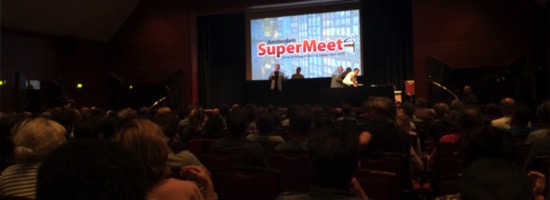
Besides presentations of several key players in video and postproduction, the main speaker was 3x Academy Award winning film and sound editor Walter Murch. Known for The Godfather 2 and 3 and Apocalypse Now. He changed a lot from analog editing, to Avid, to Final Cut Pro, to Premiere and back... for different films. And he likes extensive audio editing within the Final Cut timeline :)
Walter Murch is now 72 years old, and went through all the changes in the industry especially the change from analogue to digital. This guru/veteran decided to connect a huge letter L to his desk, because it signifies the fact that you're always learning.
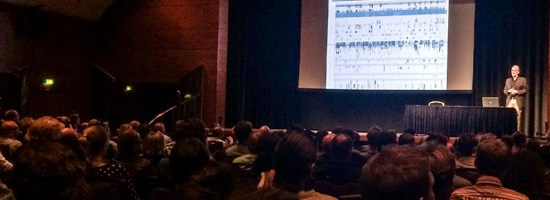
Also be emphasised the importance for him to work standing up, instead of sitting down. Standing while you're editing gives a greater sense of activity and concentration.
Try it out!
We did not find his presentation at the official Supermeet YouTube channel, but somebody did record it.
Video part 1:
Video part 2:
Like us if you want on Facebook, follow us on Twitter and Subscribe to our YouTube channel.
mentioned:
IBC : Website - Facebook - Twitter - YouTube
Sony : Website - Facebook - Twitter
Mobile Viewpoint : Website - Facebook - Twitter
SOHO editors : Website - Facebook - Twitter
Supermeet : Website - Facebook - YouTube
O2 Filmes Shooting a McDonalds Spot with Blackmagic Design

We are having a nice interview with Paulo Barcellos of O2 Filmes. Paulo is the Post Production General Manager at O2 Filmes. We talk with him about a recent project for McDonalds in which O2 filmes used some special camera’s and also the grading software from Blackmagic Design.
BB: Tell us a little bit about O2 Filmes and yourself Paulo.
Paulo: O2 Filmes exist already 24 years and is a Brazilian Audio Visual production company. I work at O2 Filmes for 2 and a half years now as General Manager O2 Post. We produce for film, tv and commercials anywhere on the globe for major companies and brands. Advertising and the production of content such as TV series and Feature are the strongest sections for O2 Filmes.
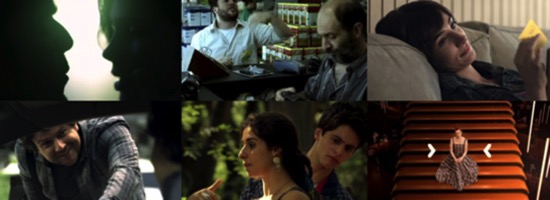
BB: Is communicating in the english language important at O2 Filmes? We noticed that your website besides Portuguese is also accessible in English.
Paulo: Absolutely.

BB: Did you see a growth in audio/video related productions in 2015 for O2 Filmes and how do you see the broadcast market in 2015 due to the Olympic Games:
Paulo: Despite the deep recession Brazil is facing this year, we are still seeing growth for the Post Production of entertainment projects such as TV Series and Features. We believe the Olympics next year in Rio de Janeiro will drive the production of advertising content up in the first semester of the 2016.
BB: Are you partnering with other foreign companies?
Paulo: Not at the moment, but we are open for it.
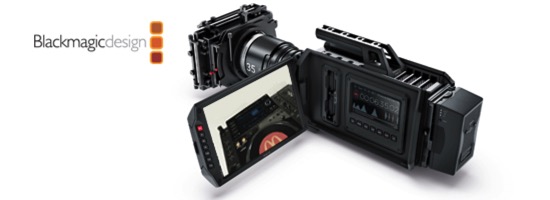
BB: This production for McDonalds was done with BlackMagic Design Camera’s. Can you tell us why your choose for this brand and type of camera?
Paulo: We believe these Blackmagic Design cameras meet the quality (both build quality and image quality) requirements for production of advertising and entertainment content. We’ve recently acquired three URSAS and two BMPCC4K, and we started using them on the McDonald’s ad. We like Blackmagic Design for their forward thinking vision, fast pace updates, excellent support and affordable prices.
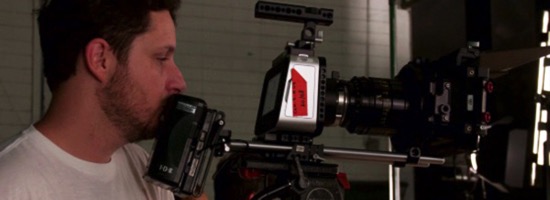
BB: Editing & Gradings was done in Davinci Resolve 12. Can you tell us why you edit in Davinci Resolve in stead of Adobe Premiere, Final Cut Pro X or Avid?
Paulo: All the editors that work at O2 Filmes are freelancers. Since Final Cut 7 was discontinued, lots of editors tried different software. Final Cut X was the natural choice, but it’s not been well received by editors, not because of lacking features (Apple has since addressed that with several updates) but specially because it brings a completely different form of editing and that was not well received by any pro editor that works with us. Premiere is much more friendly than FCPX, but Adobe subscription method has not been well adopted by the editors and since most of them learn on their own computer, most of them decided not to learn Premiere. A few editors that used it in projects outside O2 Filmes commented that for advertising it works well, but they don’t love it. Avid is excellent, but tends to be very bureaucratic for advertising work. We use it for feature films, but not for Ads. Finally, Blackmagic Design released DaVinci Resolve 12, and the internal joke the editors came up is that they are calling it “Final Cut 8”. It’s everything that the sucessor of Final Cut 7 was supposed to be. Editors were immediately familiar with the interface, and after we’ve done a few training sessions with them, everybody loved it. One of the most amazing feature of DaVinci is that both editing and color grading are done on the same app and a colorist can work simultaneously on the same project with an editor and that saves us a ton of time.
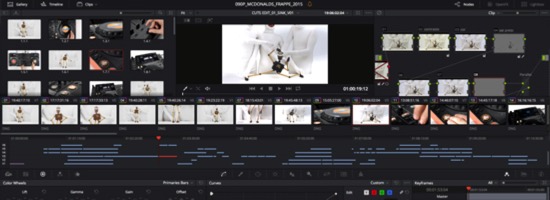
BB: Davinci Resolve is great for grading as we know. What was for O2 Filmes special (or not) to grade the footage from the URSA camera?
Paulo: We’ve shot RAW, it’s great because it enables a lot of small tweaks on the camera raw tab and we have a lot of freedom to manipulate the images.
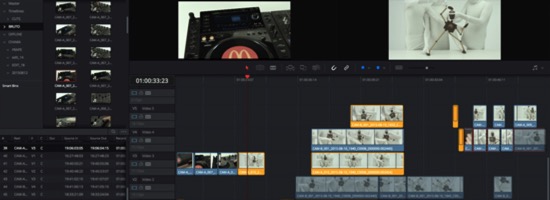
BB: Any surprising challenges in this production for McDonalds?
Paulo: The shot was supposed to be a one camera shoot, with the URSA, but we’ve decided to send the BMPCC 4K as an optional B camera, just in case the director wanted to do something handheld or get a few extra shots. The production ended up using both cameras almost all the time and that saved a lot of time in the shooting. Since the “B” camera was simple to assemble they didn’t require another camera crew for the B camera.
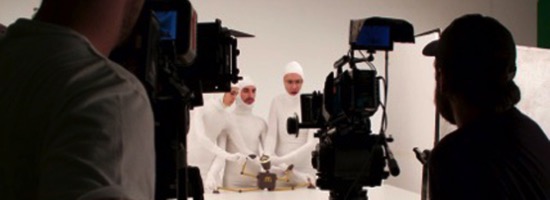
video of the final result:McDonalds Frappe
Like us if you want on Facebook, follow us on Twitter and Subscribe to our YouTube channel.
mentioned:
O2 Filmes : Website - Facebook - Twitter
Blackmagic Design : Website - Twitter
Expo & Conference - ABTA 2015

The ABTA 2015 takes place in a year that promises many challenges for the sector. The growth levels that Brazil, as a country and also in the broadcasting sector, experienced in previous years might not be shown this year, but there is a lot of development going on. At the same time, Brazil continues to receive investments of, for example, cable operators that are implementing new networks, and launching new satellites for Direct To Home (DTH) content delivery. On the programming front Brazil sees several launches of international and national channels, that will have to compete for space at the broadcasters. New companies are aiming at the national market, such as AT&T, with the acquisition of SKY's parent company, and Dish, which still has plans in Brazil.
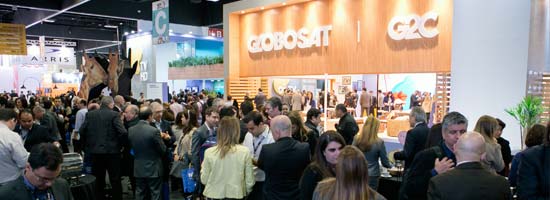
ABTA will take place in the Transamérica Expo Center in São Paulo (SP), on August 4, 5 and 6 , 2015. At the ABTA Conference, there will be debates on the future of pay TV, focusing on innovation in video services. Highlights at the event, will be technology showcases and content distribution solutions such as video on demand, IPTV and over-the-top platforms (OTT), as well as advertising, satellites and IT, and the innovations in linear and high-definition content distribution. Besides that, there are technologies and business in the field of video on-demand platforms, cloud DVR, new user interfaces and innovations in IT and access control.
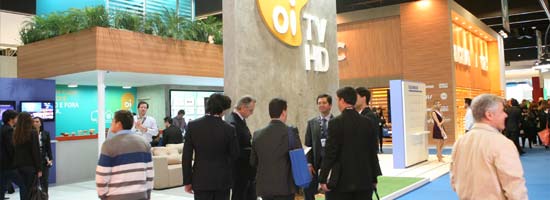
This year, there will be a large exhibition space with more than 100 exhibitors from Brazil and the rest of the world, using the opportunity to showcase brands and leverage new business opportunities. Last year, some of the exhibitors were:
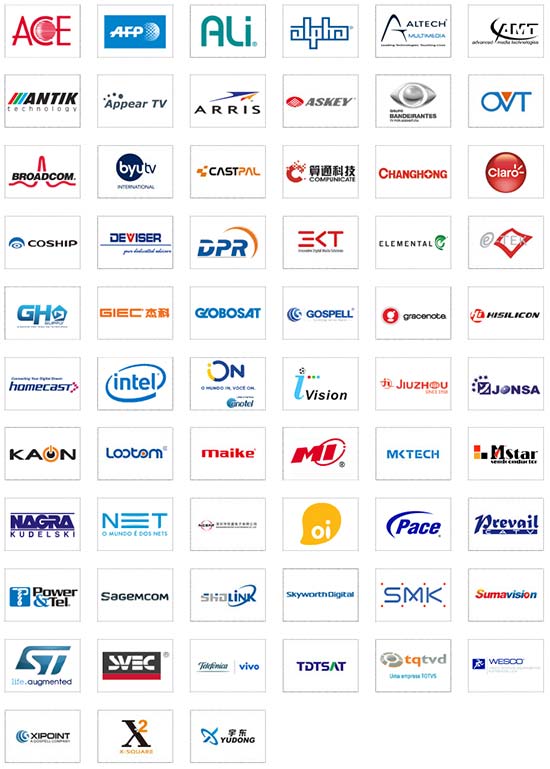
During the conference there will also be panels and discussions on markets, regulation, new technologies and trends, with the participation of executives and key representatives of industry and government. There will also be Pay TV Seminars (STA) with case studies and market solutions.
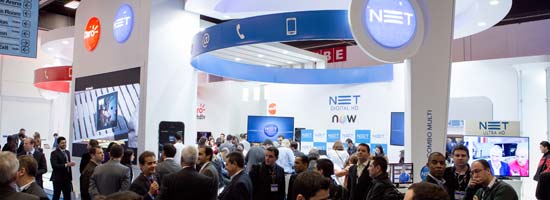
ABTA Expo & Conference has this year the following program:
Tuesday, Aug. 4:
PANEL 1: Sectoral policies and current challenges.
With the sessions: The present and future of the pay-TV market; Free-to-air channels: what changes with digital; The challenges of regulation in the non-linear world; Consumer rights, RGC and service quality; Rights, IP and financing in pay-TV programming; Signal theft: approaches and results
Wednesday, Aug. 5:
PANEL 2: Programming and regulation: results and adjustments;
PANEL 3: Pay TV, the media market and the future of advertising.
With the sessions: The performance of audiences and channels; New formats for advertising; Economic scenarios and growth: where the industry is heading; Pay-TV advertising success stories; Churn and customer loyalty: challenges of a competitive scenario; The future of pay-TV advertising
Thursday, Aug. 6:
PANEL 4: Non-linear TV: a concrete reality.
With the sessions: FTTH, satellite and OTT: directions taken by new operators; Lessons of international experiences; Broadband: strategies beyond bundling; Multiplatform programming.
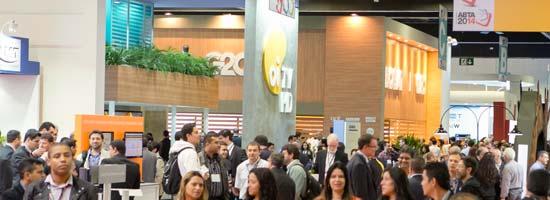
ABTA 2015 is expected about 9.500 people on average in the three-day event, 3.000 more than last year, with more than 10,000 square meters of exhibition space.
Transamérica Expo Center is located close to the city’s main business centers and office districts, and only 12 km from Congonhas Airport, with easy access to Marginal Pinheiros and Av. Washington Luis in Av. Dr. Mário Villas Boas Rodrigues, 387 Santo Amaro – São Paulo – SP – Brazil.
In YouTube Magazine TV channel you can view some of ABTA 2014 and what's to come in 2015.
video:
Info on lectures and more you can find accessing the official website.
We would like to thank Marcel Almeida for writing for us.
More info you can find on his LinkedIn: br.linkedin.com/in/marcelmg77/en or follow him on Twitter @marcelmg77
Like us if you want on Facebook, and follow us on Twitter and Subscribe to our YouTube channel.
mentioned:
ABTA 2015 Magazine TV
Interactive webcasting, a growing market in Brazil
Since the late nineties, Dutch company Connecting Media has been producing live webcasts from any location in the world. Dance-events, Corporate events, live streaming from nunneries, 24 Hours of Francorchamp + other races in Belgium and Netherlands , a lot of Freefight events in Europe are just some of the productions they did. They were the first to have a special OBvan for internet productions ( IFP - Internet Field Production ) and nowadays they work with Fly-away sets. After their first experiences streaming 2 music events from Holland and Budapest, they figured out there could be many interactive possibilities besides ”just” webcasting video. Especially compared to TV transmissions back then. In this interview, we caught up with the managing director of Connecting Media in Brazil, René Schaap.
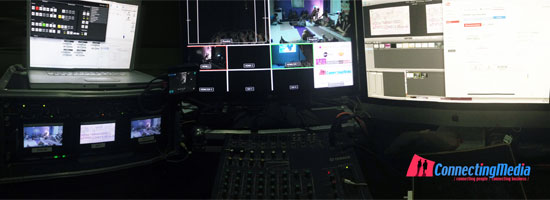
BB: What were your first attempts in making live streaming more interactive?
CM : We started simply with adding on-demand video’s next to the stream, during these live music events. Meaning that in a break or people could start to watch interviews with DJ’s that we made just 30 minutes before and edited and uploaded directly. People could also send us questions to the DJ’s so we could include these questions in the interviews. Our visitors loved that, because they felt like being part of the event even when they were not there. At later events in 2005, where speakers presented their company and innovations by using PowerPoints, we developed our Slide System. We found that, even though some speakers are stil working on their latest presentation minutes before they started, the best way was to get the presentation from them, and quickly batch convert the slides in our system to be able to switch them live besides the video stream on the event page. This meant more info for the viewer, and usually sharper and better quality of the slides.
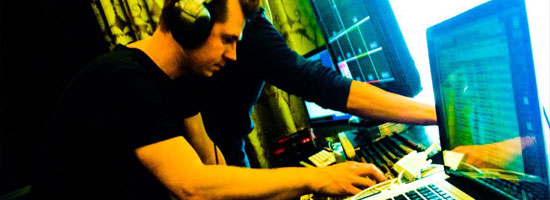
BB: The available bandwidth in Europe was growing last decade, did this bring more possibilities for live webcasting?
CM: Yes, we could make 5 different streams from one location for example… 6 years ago already. Microsoft was one of our first clients, and at an event we had live streams from 5 different areas where presentations took place within the building. On the Microsoft event page, you could choose what you wanted to see. Also uploading edited video’s next to the stream went better and better. We have to say that we did not raise the bitrate as much as the bandwidth increase allowed, always thinking about the available bandwidth of the possible viewers.
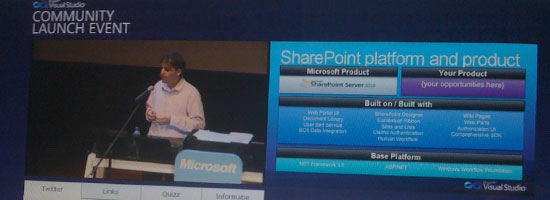
BB: What else did you develop?
CM: Our most used "module" is the Live-slides I mentioned earlier. Syncing PowerPoint slides live with the videostream. But we also integrated live GPS-tracking at sports events, where you could follow the position of sportsmen when they were not actual. Also polls, graphs and the possibility to ask questions during a live webinar and of course all kinds of social media integrations to communicate with the viewer. The latest is live camera switching by the viewers of the livestream, they will be their own TV director.
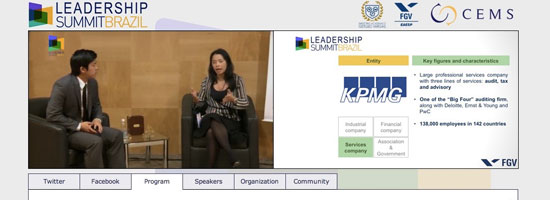
Besides the software we have always used specific hardware to optimize audio and video quality. We have 2 mobile webcast sets in Brazil. A small one for simple productions and an extended one for 6 camera’s. We work in HD, we can record the event in HD and make a short edit during the event itself. We have our own camera’s we can also integrate other signals and add the livestream to for example a LED-Wall or an OB / Satellite Uplink van.
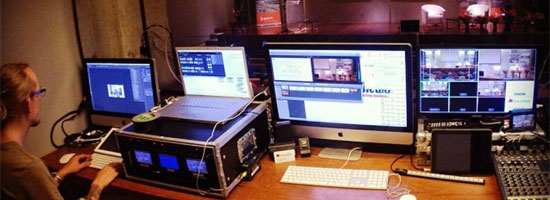
BB: Did you webcast in Brazil?
CM: A lot, I just will give some special examples. We started in 2008 to learn the market here, which is different than Europe. In 2011 we produced a live interactive webcast at an event for the FGV university in São Paulo named the Leadership Summit, and repeated this in 2012. At the MAM (Museu de Arte Moderna) we did a livestream for Sencity to another location in Rotterdam, The Netherlands where the event took place at the same time. Here our guys from the Netherlands sent us the live-stream from in Rotterdam, making it a two-way webcast with the possibility of artist performing at both locations. We also did a live interactive webcast for Urban Mobility in São Paulo. Besides the interactive webcasts we often have ”normal" livestreams for events and companies like Namaskar Yoga in Santos. Every month we stream the event Roda da Mães live on their YouTube channel.
BB: Did you encounter any difficulties when starting in Brazil, that you did not have in Europe?
CM: I would say ‘not more than in Europe’, although Europe is easier to connect because of the infrastructure. Like in Brazil nowadays we have had a lot of struggles with stable bandwidth with internet connections from some providers. When you have rain, it is even worse. In the most of Europe this is not much of an issue anymore. I think mostly it’s the fact that locations are not prepared for live streaming yet. I would rather see big event locations like soccer-stadiums, event-halls and conference centers, have a dedicated line especially for this. it would mean they can serve their clients better and interact more with the outside world. Act more like an event organiser, with better service they can control. We ourselves are using satellite uplinks more and more, if only for the fact that you have more ”ownership" over your connection. A dedicated internet line is as expansive almost as a satellite uplink truck in Brazil in which of course is very weird. An uplink truck can deliver a very stable connection, a dedicated line can still suffer from all the boxes, routers, patch panels between the location and the CDN.
Another thing in Brazil can sometimes be the language and cultural differences. Cultural differences are interesting and make traveling fun, but people should be aware of them and listen to each other to understand better. Our Brazilian co-workers speak English besides Portuguese. Because of our international clients, we cannot work with a crew that’s only communicating in Portuguese.

BB: Where lies the future for Connecting Media in Brazil?
CM: Of course doing more interactive webcast projects in Brazil, the companies and events are aware of our possibilities. Besides that we also want to extend and integrate our Broadcast, Web and Mobile solutions. Our business is just starting here but we already have some great partners and are positive about the future.
Like us if you want on Facebook, and follow us on Twitter and Subscribe to our YouTube channel.
mentioned:
Connecting Media : Website - Facebook - Twitter - YouTube - Instagram
Webcast Urban Mobility : Website
Webcast Campeonato Europeu de carabine e pistola de ar : Website